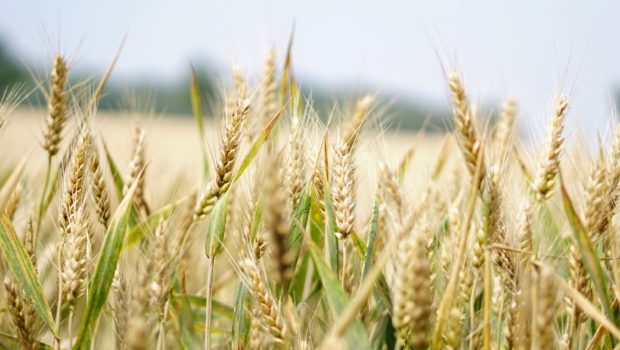Role Of Agri Technology During Pandemics Like COVID-19
5 min read
Opinions expressed by Entrepreneur contributors are their own.
You're reading Entrepreneur India, an international franchise of Entrepreneur Media.
There are three simple ways in which we can look at the issue of agriculture’s role during the pandemic: identify the processes disrupted and see how technology can prepare us better; identify the stakeholders and understand what technology will empower them in coming months; and identify structural changes to build long-term resilience in the agricultural system.
Given that the processes and stakeholders are intertwined, we can address them together.
Here are a few issues and probable solutions to them.
Market linkage
The biggest issue for the ecosystem has been market linkage and complete breakdown in the value chain. We simply understand this as connecting farmers to buyers who include wholesalers, retailers and end consumers, but there are many aspects to it.
First, buyers need to know where the produce is, in what quantity and of what quality. Second, sellers need to be able to talk to multiple buyers and find the best price. Online marketplaces, such as kisan mandi, agribazaar and market yard can be the matchmaking sites of the future. While discovery and payment parts are relatively simple, it is quality testing that will give this ecosystem the desired traction.
In remote buying, quality is a key concern. It decides the ease of sales, payment terms, etc. Here artificial intelligence-based quality testing solutions, such as Agnext, Intello Labs, Agricx and Occipital Tech, etc, can be transformative. These solutions can ensure that remote buyers can buy with assurance and better produce gets better price. Given the severity with which supply chains have been disrupted, we just don’t need to put the old system together but build a new, more resilient one.
Storage and logistics
From fruits and vegetables to milk and fish, the tremendous amount of wastage that is taking place in India during the last two months is staggering. Distributed cold chains/warehouses and access to information about them could have reduced the wastage. What we need are on-demand solutions, remote monitoring via sensors and innovations that make small and rural solutions sustainable. Tan90 Solutions, Ecozen, Coldstar, Snowman, etc., are models that should be scaled and emulated.
Similarly, about the logistics companies, producers had no information about which players are operating in their area, what is their capacity and what are their routes. Tracking along with data sharing technologies can help logistics companies collaborate better and become more efficient. Farmizen, Agrigator, Blowhorn, etc., are new-age solutions that will soon become the norm.
Digitizing finance
From payments to loans to direct benefit transfers to compensations to selling at mandis, money has always come to the farmer after jumping through many hoops. The cycle in each of these cases need to be shortened. During times of such calamity, this will be instrumental in empowering farmers. What we need is complete transformation of agro-finance landscape for the smallholder farmers. Farmart and Gramcover are doing wonderful work here.
Price prediction
When the usual demand and supply cycle is broken, it can ruin the seasonal rhythm of markets. For example, given the loss in perishables many farmers may move away from it for a few months. This uncertainty and volatility of markets hurt farmer incomes season after season. Price prediction models, like what credible is doing in poultry, will empower farmers.
Now, coming to the third point about structural changes, here are a few measures that would have helped Indian agriculture tide over the pandemic better. However, this is a perfect time to start.
National agristack
As a definitive first step into the future, India needs to put together a national agristack that digitizes and makes available diverse datasets and sets the framework for sharing and usage of that data. Imagine bringing data about farms, soil quality, weather, crop history and yield, etc., on one platform. It will help governments plan better for future demand, move to climate-friendly crops and put together a national strategy for agriculture. It will help banks, input companies and food processors and buyers have long-term tie-ups with farmer(s). During times like COVID-19, when all control and visibility is lost causing panic, this system can help India cope intelligently and plan better for coming times.
Food safety and export promotion
Concerns about food safety and origin is growing in the global market and will dominate domestic ones too. Producers and exporters alike need to plan for food safety—to avoid contamination, to meet compliance norms and to remain competitive with other global entities. Traceability is one technology that will become increasingly relevant in these times of disease and infection. This is where SourceTrace helps growers and businesses to tell the story of their product, demand a better price and remain competitive in global markets.
An event as disruptive as COVID-19 is like a reset button for agricultural ecosystems. But rather than go back to the old, we need to build newer, better and more resilient systems in place.








Gloss